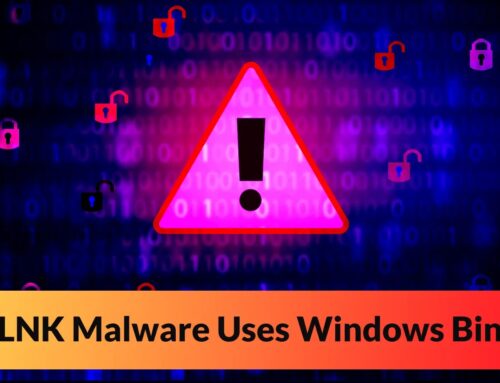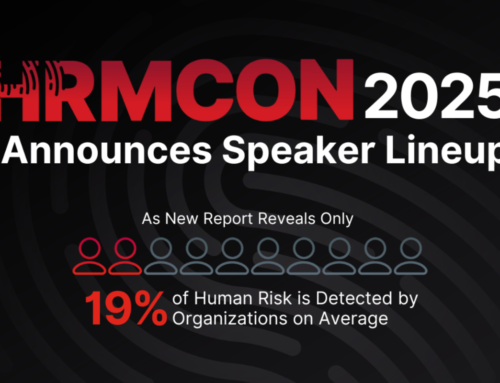
Cisco ASA 0-Day RCE Vulnerability Actively Exploited in the Wild
The cybersecurity landscape just became significantly more precarious for organizations relying on Cisco’s robust networking infrastructure. An urgent advisory from Cisco has revealed active exploitation of a critical zero-day vulnerability impacting their Secure Firewall Adaptive Security Appliance (ASA) and Secure Firewall Threat Defense (FTD) software platforms. This isn’t a theoretical threat; it’s being actively leveraged by attackers in the wild, demanding immediate attention from security teams worldwide.
Understanding the Cisco ASA 0-Day RCE Vulnerability
Tracked as CVE-2025-20333, this vulnerability carries a staggering CVSS score of 9.9 out of 10. Such a high score signals extreme severity, indicating a potent threat that could have devastating consequences if exploited successfully. At its core, this is a Remote Code Execution (RCE) vulnerability that allows authenticated remote attackers to execute arbitrary code with root privileges. The combination of remote access and root-level control effectively means a complete compromise of the affected device and, by extension, potential access to the entire network it protects.
The Cisco ASA and FTD platforms are foundational components for network security, often serving as the perimeter defense for enterprises, government agencies, and critical infrastructure. Their widespread deployment amplifies the potential impact of such a flaw. An RCE vulnerability allows attackers to inject and run malicious code directly on the device, bypassing standard security controls and establishing a foothold for further attacks, data exfiltration, or denial-of-service operations.
Why Cisco ASA/FTD Devices Are High-Value Targets
Cisco ASA and FTD installations are critical network components, serving as firewalls, VPN concentrators, and intrusion prevention systems. Their placement at key network junctures makes them incredibly valuable targets for threat actors. A successful exploit of CVE-2025-20333 could allow attackers to:
- Bypass network security controls.
- Gain unauthorized access to internal networks.
- Intercept and manipulate network traffic.
- Establish persistence within an organization’s infrastructure.
- Launch further attacks from a trusted internal position.
- Exfiltrate sensitive data.
The “authenticated remote attacker” aspect means that an attacker would need valid credentials to exploit this vulnerability. This could come from compromised user accounts, default credentials, or other methods of credential theft. Organizations must prioritize the security of administrative accounts on these devices.
Remediation Actions and Mitigations
Given the active exploitation of this Cisco ASA zero-day, immediate action is paramount. While a patch may still be forthcoming, several critical steps can be taken to mitigate the risk:
- Monitor Cisco Advisories: Continuously check Cisco’s official security advisories for updates, patches, and further guidance. Subscribe to their security mailing lists.
- Isolate and Segment: Implement strict network segmentation to limit the blast radius if an ASA/FTD device is compromised. Ensure that these devices are not overly exposed to the internet.
- Strong Authentication: Enforce multi-factor authentication (MFA) for all administrative access to ASA and FTD devices. Rotate credentials frequently and ensure they are strong and unique.
- Least Privilege: Review and restrict the permissions of all accounts with access to these devices, adhering to the principle of least privilege.
- Network Monitoring: Enhance network monitoring capabilities to detect anomalous activity originating from or targeting Cisco ASA/FTD devices. Look for unusual login attempts, unexpected code execution, or outbound connections.
- Vulnerability Scanning: Regularly scan your network for known vulnerabilities, although a zero-day will not be detected until it is added to vulnerability databases. Focus on identifying and patching other critical weaknesses that could serve as precursor attack vectors.
- Review Logs: Scrutinize logs from your Cisco ASA/FTD devices for any signs of compromise, unusual commands, or unauthorized access attempts.
Tools for Detection and Mitigation
Employing the right tools can significantly bolster your defense against this and similar vulnerabilities. While direct detection of a zero-day exploit can be challenging, these tools aid in readiness, monitoring, and response:
| Tool Name | Purpose | Link |
|---|---|---|
| Cisco Secure Network Analytics (Stealthwatch) | Detects anomalous network behavior, including potential post-exploitation activity and lateral movement. | Cisco Secure Network Analytics |
| Security Information and Event Management (SIEM) Systems | Aggregates and analyzes security logs from ASA/FTD devices and other network components for threat detection. (e.g., Splunk, IBM QRadar) | Splunk SIEM |
| Intrusion Detection/Prevention Systems (IDPS) | Monitors network traffic for malicious activity and can block known attack patterns. (e.g., Cisco Secure IPS) | Cisco Secure IPS |
| Vulnerability Management Solutions | Identifies and helps manage known vulnerabilities in your infrastructure, reducing the overall attack surface. (e.g., Tenable.io, Qualys) | Tenable.io |
Final Thoughts
The active exploitation of CVE-2025-20333 in Cisco ASA and FTD devices underscores the relentless nature of sophisticated cyber threats. Organizations must treat this as a high-priority incident, implementing mitigations immediately, enhancing monitoring, and preparing for the deployment of an official patch. Staying informed through official Cisco channels is critical to navigating this evolving threat. Proactive security measures, continuous vigilance, and a robust incident response plan are the best defenses against such severe vulnerabilities.





